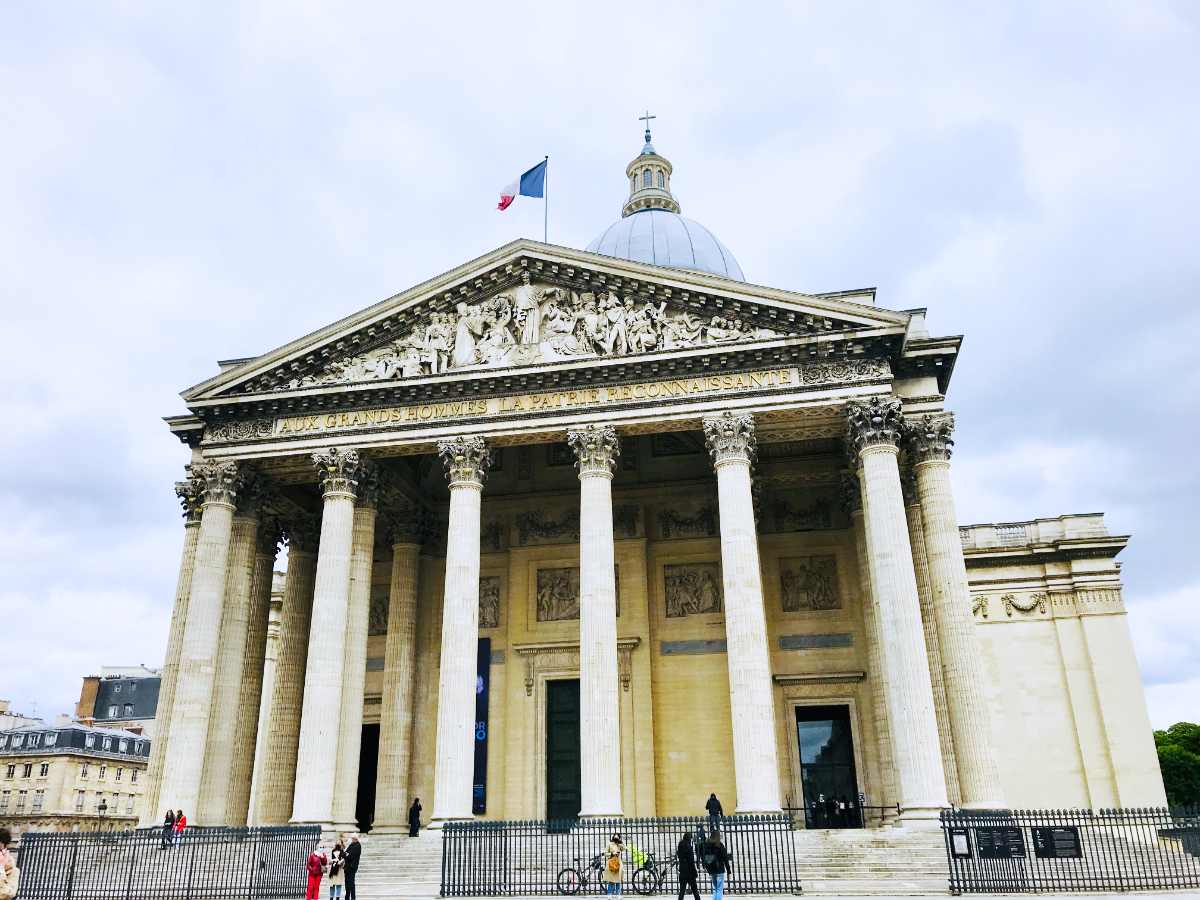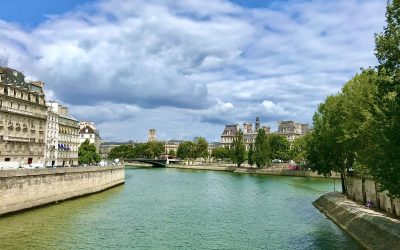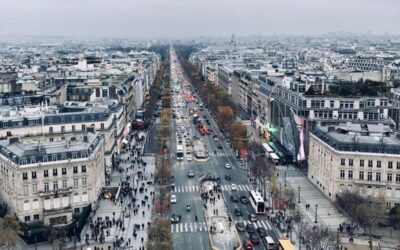One of the most iconic monuments in Paris, the Panthéon was intended to be a church located in the 5th arrondissement, in the heart of Paris. The best laid plans however, can change.
Built in the 17th century, it was intended to be dedicated to Saint Genevieve, Paris’s patron saint who lived in the area in the 5th century.
A counsellor and female activist, Saint Genevieve was considered the protectrice of Paris. She advised Clovis, the first King of France to convert to Christianity and make Paris his base. You can read more about the history of Paris here.
This temple to Saint Genevieve had been commissioned by French King Louis XV, but by the time it was completed, the French Revolution had begun.
So instead of the relics of Saint Genevieve, it became home to many famous French revolutionaries like Voltaire and Rousseau. Like its much older counterpart in Rome, Italy, it then began to greet names like Victor Hugo, and Marie Curie, becoming a mausoleum and a monument to much of French history and culture.
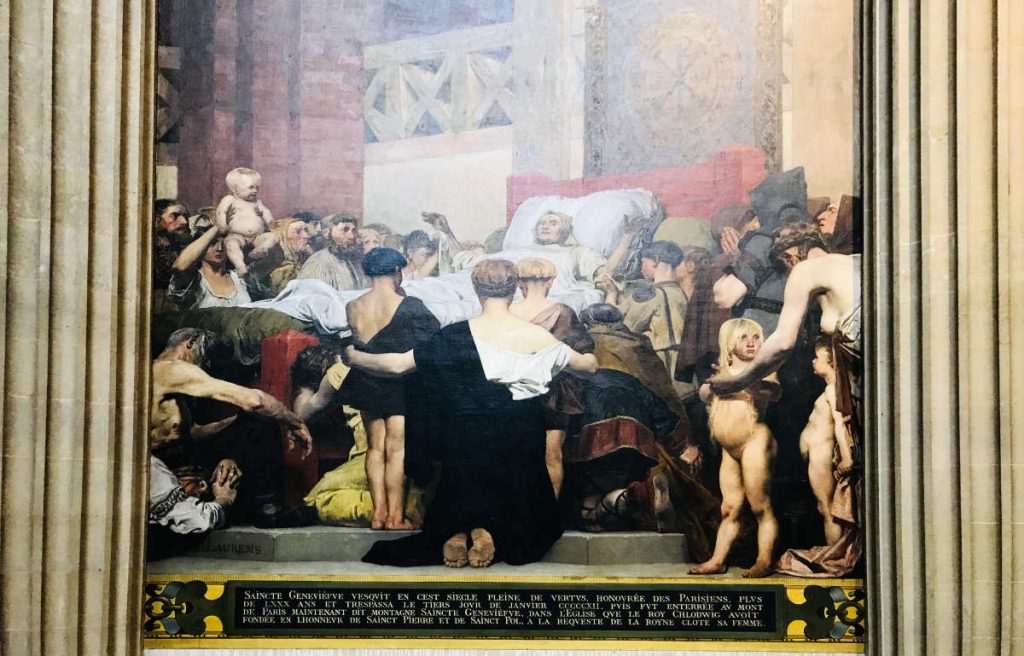
There is still a painting of Saint Genevieve in the Panthéon, and a church dedicated to her is just footsteps away. But most of the Pantheon’s sculptures and tombs are dedicated to more recent writers, revolutionaries, inventors, and thinkers of the French republic.
Indeed today, the Pantheon is considered to be the:
Temple laïque de la République
English translation: Non-religious temple of the French Republic
This highly symbolic building today is how France celebrates its greatest minds. So let’s see what is there to see inside the Pantheon of Paris, shall we? Allons-y!
Famous people buried at the Panthéon
If you travel across France, you will notice that in nearly every town is a monument, school, or road that has been named after these famed French men and women.
Buried at the Pantheon of Paris, in no particular order, they are as follows:
1. Voltaire
Right when you descend down into the basement where the tombs are kept, you are greeted with a statue of one of France’s greatest writers, Voltaire.
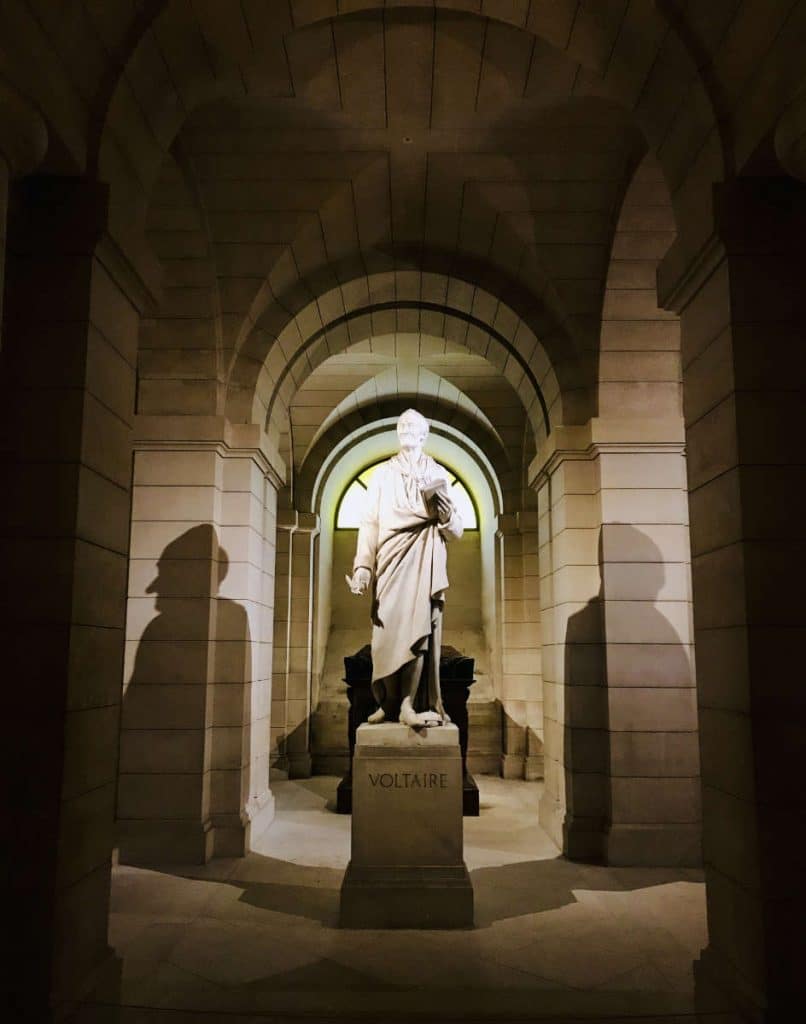
One of the key voices of the 1789 French Revolution, Voltaire, whose real name was François-Marie Arouet, was an outspoken advocate of civil liberties.
It was the “Age of Enlightenment”, with French writers like Voltaire were openly discussing concepts like personal happiness and civil liberties.
Voltaire produced more than 20,000 letters and 2,000 books and pamphlets, producing this quantity of work while drinking 50-75 cups of coffee 50–72 a day. Among his most famous books is Letters to England and Candide.
2. Jean-Paul Marat
Another famous figure of the 1789 Revolution was Jean-Paul Marat. He was a journalist and radical politician, and a vigorous defender of the sans-culottes (literally means “without underwear”, but refers to the poorest members of society who couldn’t afford “silk breeches”).
In his day he was already an icon because of his debilitating skin condition that required him to spend much of his day in a medicinal bath.
A member of an opposing revolutionary group, a woman named Charlotte Corday, snuck into his bathroom while he was in the bath and stabbed him, turning him into a martyr of the revolution.
3. Victor Hugo
The writer of Hunchback of Notre Dame and Les Miserables, Victor Hugo did more than just write fictional novels.
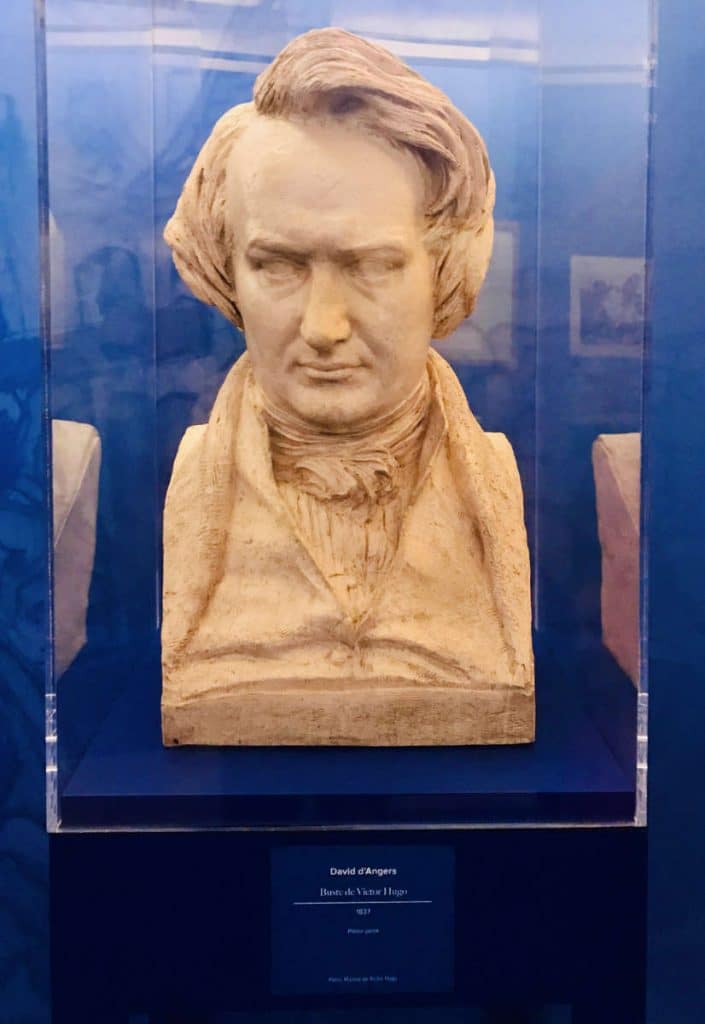
He was also a passionate supporter of republicanism after the Revolution, and served in politics as a deputy in the Assemblée Nationale, as well as a senator.
He gave several speeches to end poverty, as well as to establish universal suffrage (for women) and free education for all children. His advocacy in the 19th century to abolish the death penalty became renowned internationally.
4. Toussaint Louverture
It is not clear that Toussaint Louverture would appreciate being recognized with a memorial in the Panthéon de Paris.
A black man who became a Haitian general, he was the most prominent leader of the Haitian Revolution against France, hoping to end the slavery on the island.
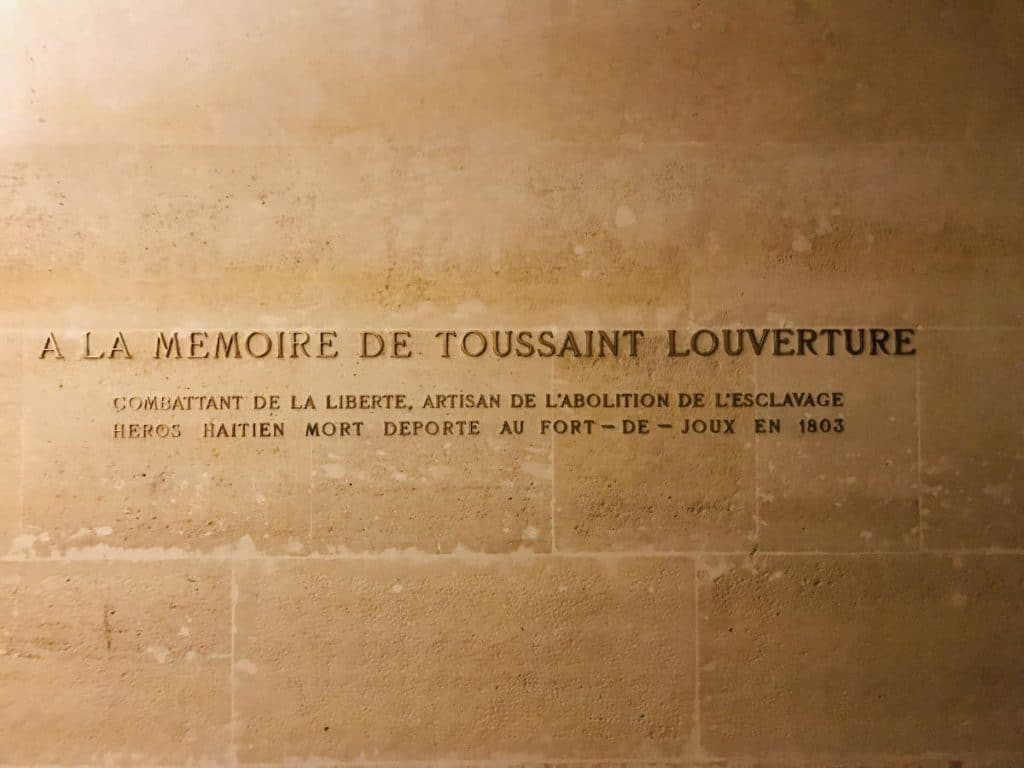
Fighter of liberty, Builder of the abolition of slavery, Haitian hero deported to Fort-de-Joux in 1803.
Louverture worked hard to establish control over Haiti, initially working to convince the French that they should abolish the plantation system.
During this period, he was invited to a meeting by a French general, Jean Baptiste Brunet, who described himself as a “sincere friend”. Upon arrival, Louverture was betrayed and arrested. He would die a year later in his prison at Fort-de-Joux, where he is buried.
A few months later would occur the final stage of the Haitian Revolution, which would finally let Haiti declare independence.
5. Émile Zola
French Novelist Émile Zola wrote many short stories, essays and books. His popular works include Les Mystères de Marseille (Mysteries of Marseille), Thérèse Raquin, and Rougon-Macquart.
However, his most famous work is probably a newspaper article called “J’accuse“, meaning “I accuse”.
It was written in defense of a Jewish officer in the French army, Alfred Dreyfus who was falsely accused of being a spy. Anti-semitism was rampant, and Dreyfus was put on trial, court-martialled, and convicted without much evidence.
Émile Zola risked his career to write a passionate defence of Dreyfus, and the Dreyfus affair would deeply divide France. (The Dreyfus affair is still well-known today, it had such an impact on French culture.)
Eventually the truth came out, that Dreyfus’s signature had been forged, and that he was framed. (Dreyfus was later awarded the French Legion d’honneur.)
While attending a ceremony removing Emile Zola’s ashes to the Panthéon in 1908, Dreyfus was shot in the arm by a right-wing journalist, who was trying to assassinate him. You can read more about Dreyfus and other famous French people here.
6. Léon Gambetta
Blind in one eye, Léon Gambetta was a distinguished lawyer and politician who opposed the Franco-Prussian war.
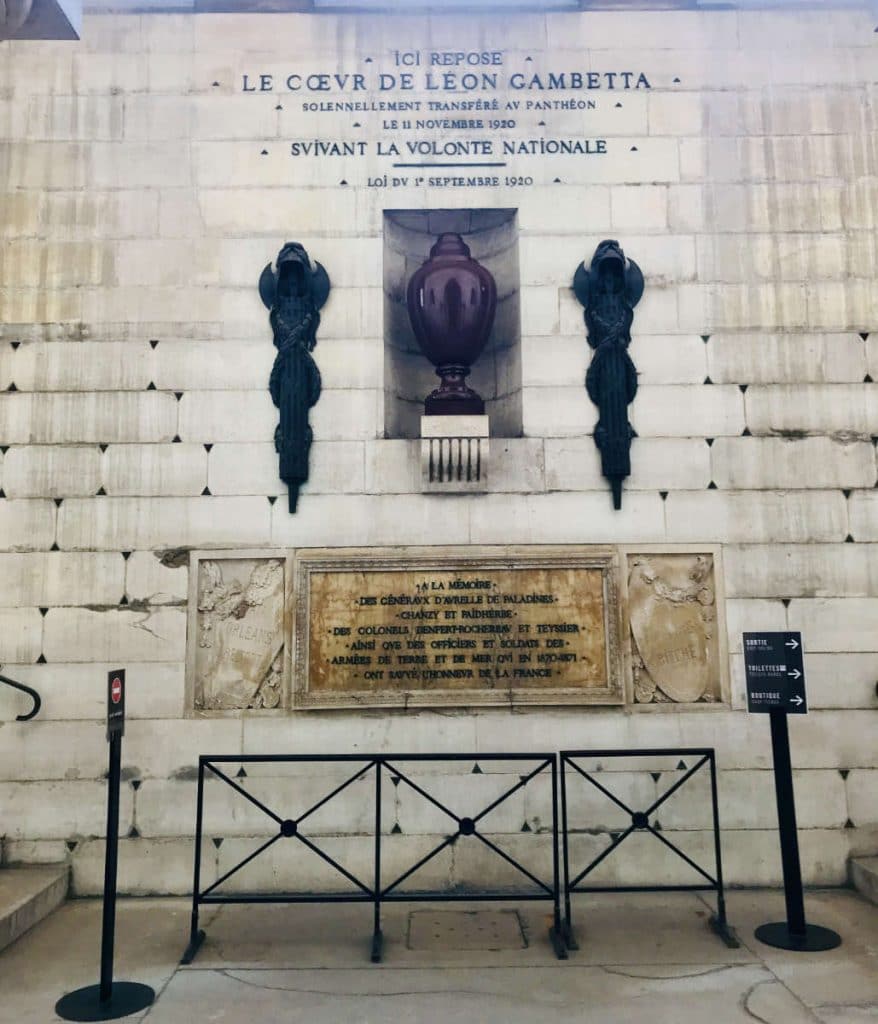
After Napoleon III (nephew of Napoleon Bonaparte) was defeated, Gambetta was instrumental in France establishing the Third Republic. Gambetta’s heart is in an urn at the entrance to the tombs.
7. Jean Jaurès
Jean Jaurès was a socialist politician who was assassinated right before the outbreak of World War I in 1914.
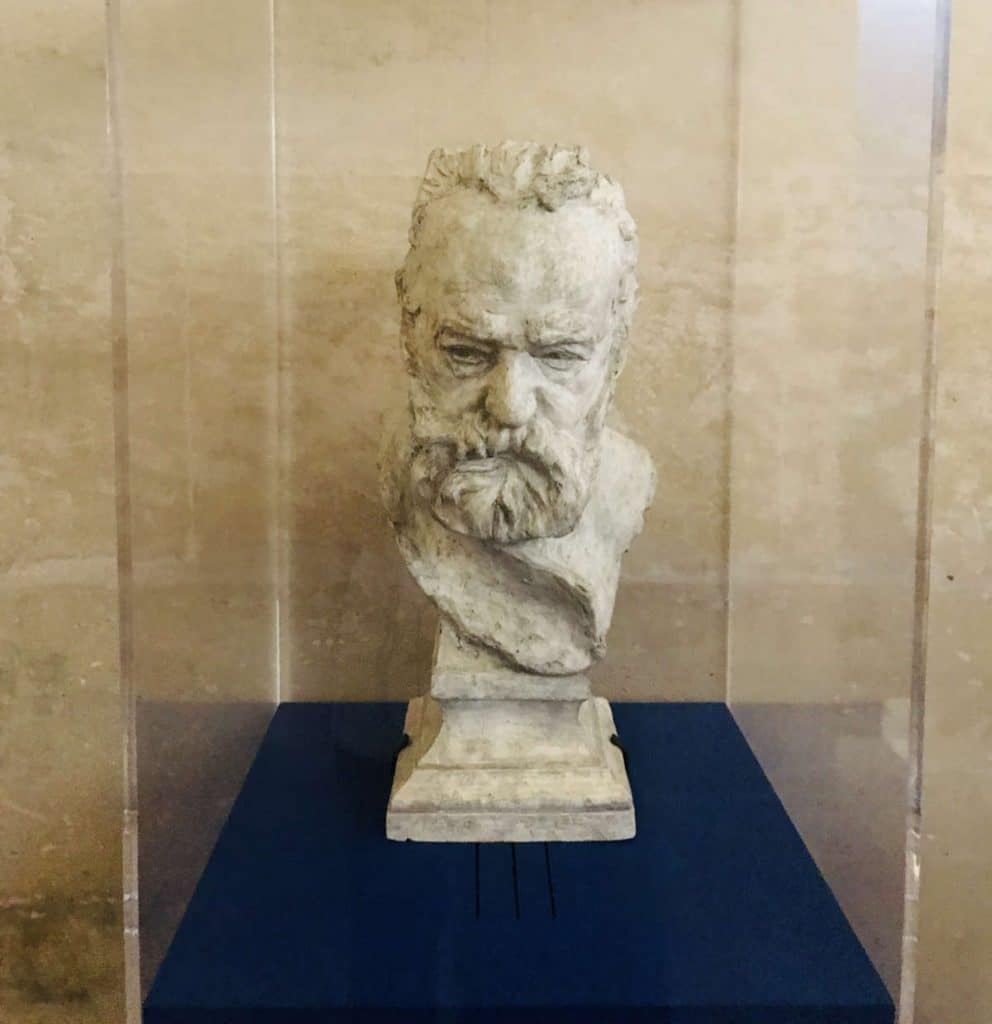
Jaurès was a committed antimilitarist and tried to use diplomatic means to prevent what would become the First World War. Along with Émile Zola, he was biggest defenders of Alfred Dreyfus during the Dreyfus Affair.
However, it was his defence of socialism that really raised his profile and why he is celebrated by the French Left even today. Many benefits that the French have today, such as employee working hours, etc. are all due to his passionate advocacy of workers’ rights and the rights of protestors.
According to some historians, his plan had been to expose then French President Poincaré’s secret deal with Russia to the Germans. With the President pushed out of the way, he believed that France and Germany would have reconciled, and he would have been able to push his reforms.
A great orator, who had much support on the left, his death on July 31, 1914 sent shockwaves through the country and destabilized the government of the day. France would invade Alsace to enter WW1 and fight against Germany on August 7, 1914.
8. Marie and Pierre Curie
Marie Sklodowska moved to Paris as a young woman, which is where she met her husband, a French physicist named Pierre Curie. Together, they would identify radioactive isotopes develop the theory of “radioactivity” and share the 1903 Nobel Prize in Physics.
Marie Curie would go on to also win the 1911 Nobel Prize in Chemistry, after the death of her husband, making her the first person to win in two different fields.
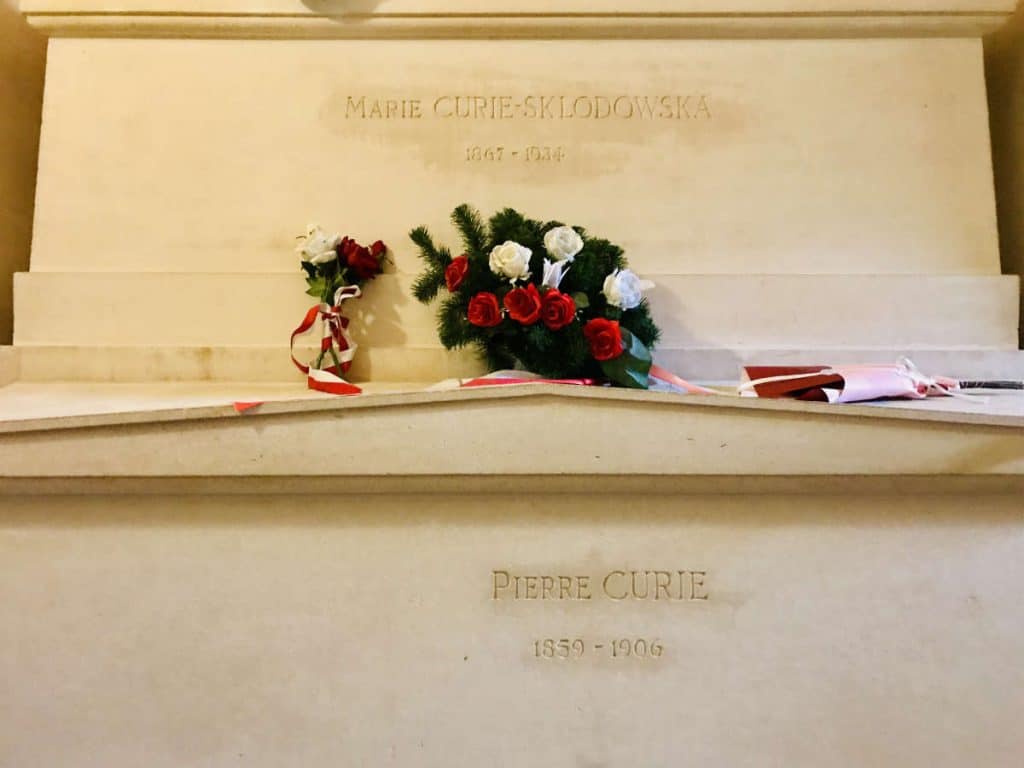
In 1920 she founded the Curie Institute in Paris, (as well as one in Warsaw, Poland) which remain major centres of medical research.
Today, Marie and Pierre Curie are buried in the Panthéon in Paris, in tombs lined with lead as their bodies are still radioactive.
Their daughter, Irène Joliot-Curie, also won the Nobel prize for chemistry in 1935 together with her husband Frédéric Joliot-Curie.
9. Alexandre Dumas
From the Comte of Monte Cristo to the Three Muskateers, Alexandre Dumas is one of the most well-known authors in France.
His full name was Dumas Davy de la Pailleterie, and he was born as the grandson of a French Marquis and an enslaved woman of Afro-Caribbean ancestry. Born in the French colony of Saint-Domingue (Haiti), his father was considered mixed-race and had to be legally freed.
Like his father, Alexandre used the name “Dumas” which was the name of his slave grandmother, Marie-Cessette Dumas.
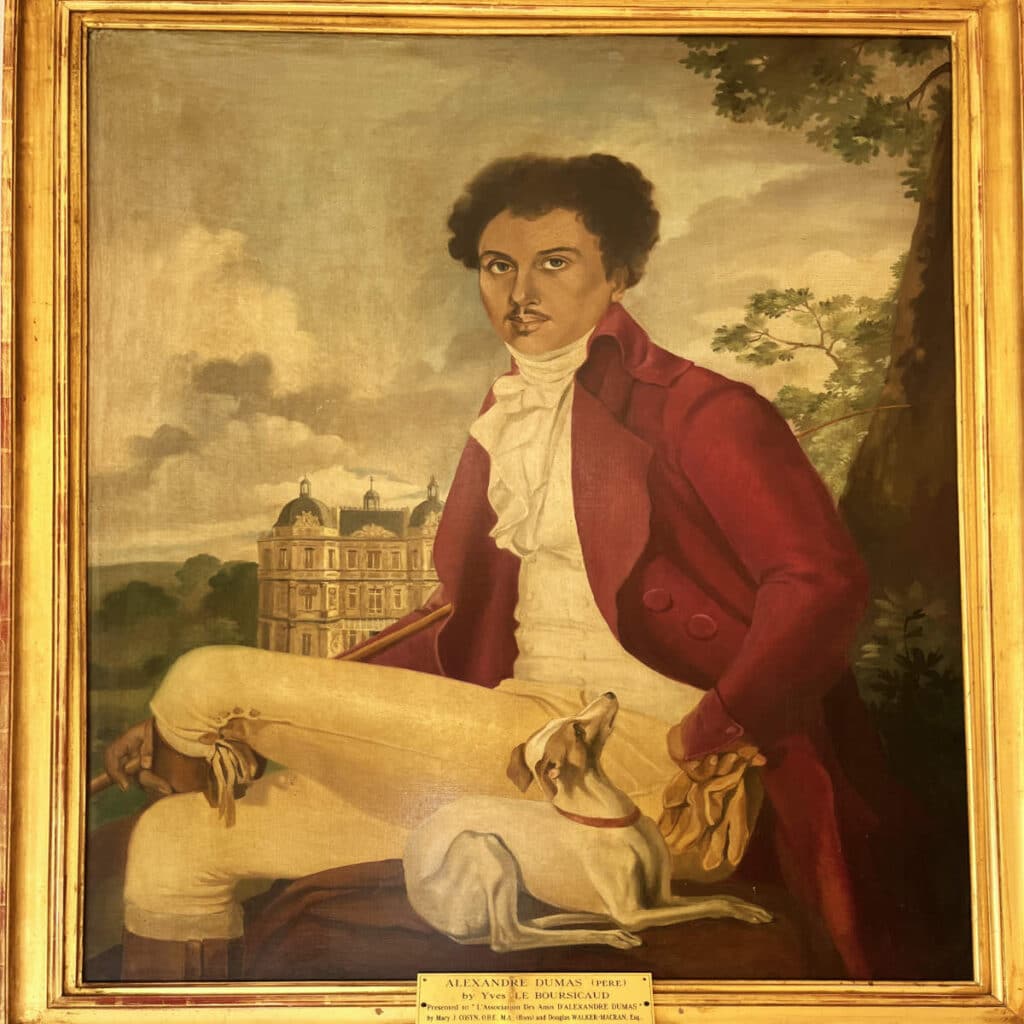
Because his grandfather had been a Marquis and his father a famous general, Dumas had access to aristocratic circles and worked for King Louis Philippe, the last of the French Kings as well as being involved in state affairs with his friend Victor Hugo.
well as being involved in state affairs.
Beyond his work for the French government, he wrote many novels in a variety of genres. His novels became so popular that they were soon translated into English and other languages.
10. Louis Braille
A blind French teenager named Louis Braille, who lost his eyesight in a childhood accident, would revolutionize the world in terms of accessibility for the visually impaired.
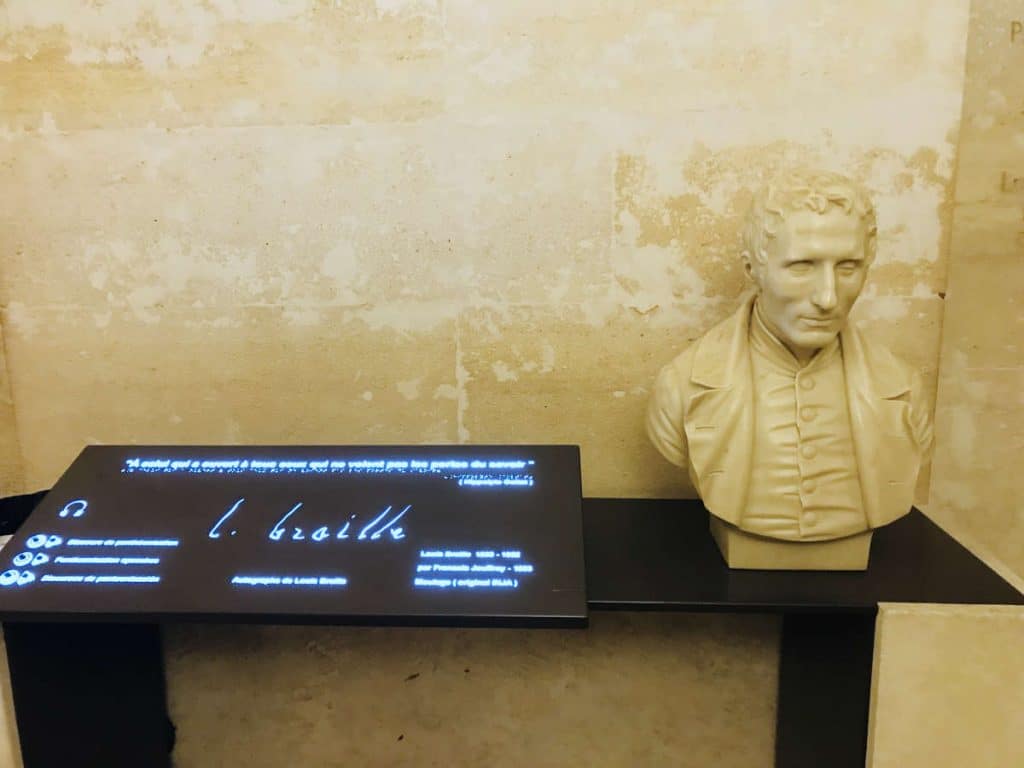
In 1824, at the age of fifteen, he developed a code for the French alphabet as an improvement on a previous system.
As an adult, he became a professor at France’s Royal Institute for Blind Youth, and continued to improve his system. After his death at 43, braille became widely recognized and adapted for various languages worldwide.
11. Jean-Jacques Rousseau
Jean-Jacques Rousseau was actually born in Geneva, Switzerland, but would go on to become one of the most famous writers and philosophers to influence the French Revolution. It is to him that “La Philosophie entre la Nature et la Vérité” monument in the Pantheon is dedicated.
He actually died in 1778, 11 years before the Revolution, but his words and beliefs about education, religion, and social contract theory would greatly influenced the revolutionaries of his time. He was interred as a national hero in the Panthéon, in 1794, 16 years after his death.
12. Jean Moulin
One of the heros of the French Resistance in World War II, Jean Moulin was tapped by General Charles de Gaulle to go to France (they were in England at the time) and organize the different pockets of Resistance fighters into a cohesive group.
He was betrayed before the end of the war, and tortured to death by the Gestapo in 1943. Ashes that were presumed to be his, were buried in Père Lachaise cemetery and transferred to the Panthéon of Paris in 1964.
13. Antoine de Saint-Exupéry
The author of Le Petit Prince, Antoine de Saint-Exupéry is also one of the notable writers honored at the Pantheon.
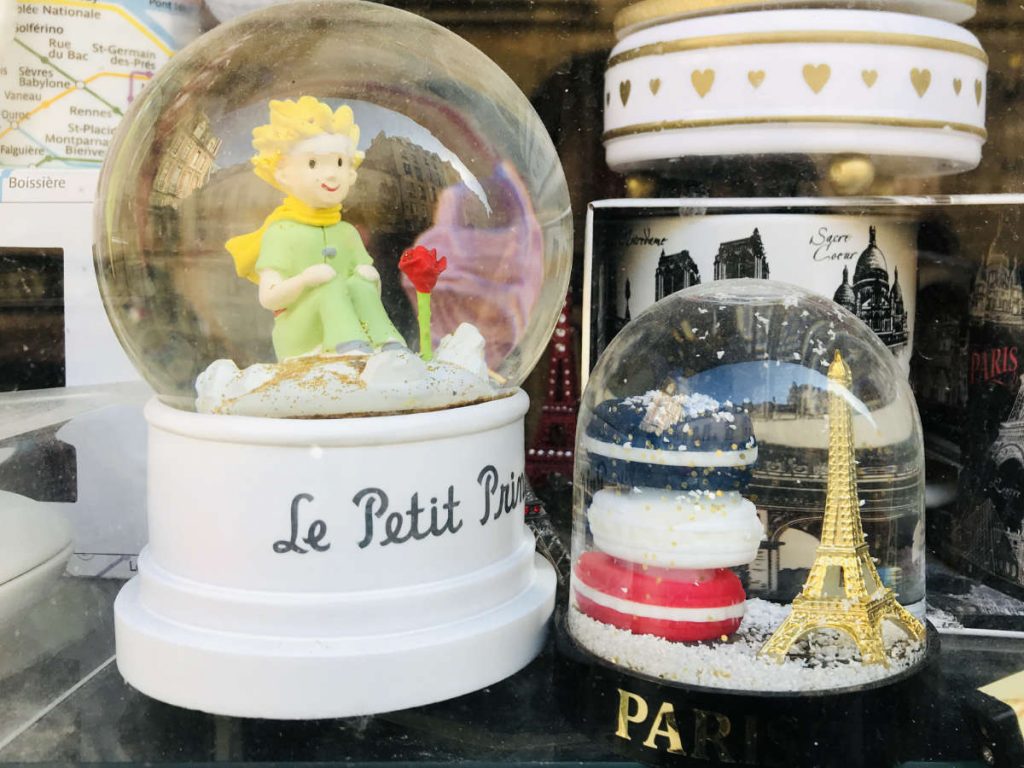
Saint-Exupéry was a famed aviator before becoming a writer. He joined the Free France air force during World War II, and disappeared while on a reconnaissance mission from Corsica over the Mediterranean on 31 July 1944.
His body was never found. Many of his works like the Little Prince were published in France posthumously by his family.
14. Simone Veil
One of the handful of women buried at the Panthéon is Simone Veil. A member of the French resistance, she survived the Holocaust having been imprisoned both at Auschwitz and Bergen-Belsen as a teenager.
She would go on to become health minister of France in the 1970s, becoming a fierce advocate for women’s rights, and in particular the right of abortion. She would also become President of the European Parliament from 1979 to 1982, the first woman to hold that office.
She is buried at the Panthéon in Paris, along side her husband Antoine, who was moved from Père Lachaise cemetery so that he could lie next to her.
Statues and Monuments
When you enter the Pantheon, you are immediately greeted with a series of statues and monuments. The entrance to the tombs is on the other side of this great hall.
Before you go downstairs, you can see various monuments and paintings , along with a beautifully painted ceiling. Among the statues, you can see the following:
1. Foucault pendulum
Right in the center of the Panthéon is French physicist Léon Foucault’s pendulum, demonstrating the rotation of the Earth.
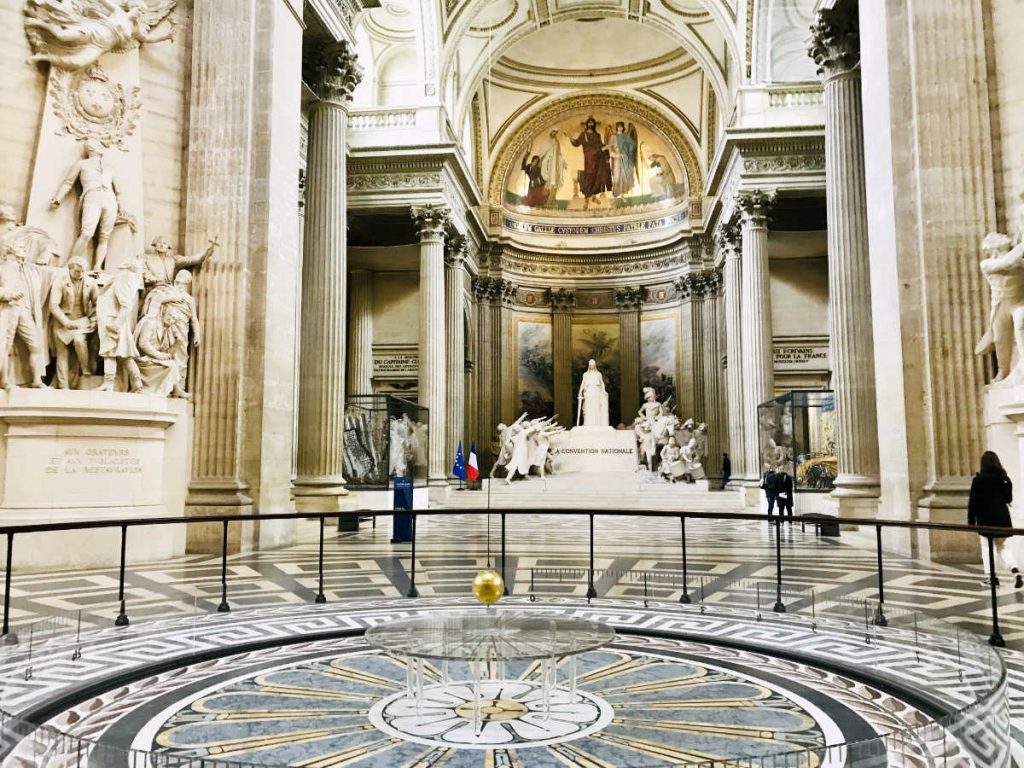
Foucault suspended a 28kg (62 lb) brass-coated lead ball with a 67-metre long (220 ft) wire from the dome of the Panthéon.
The idea of the pendulum is that the plane of oscillation of a pendulum remains fixed, while Earth rotates underneath it, taking one sidereal day to complete a rotation.
The original pendulum snapped while hanging in the Musée des Arts et Métiers in Paris (and is now displayed in that museum), but a copy continues to have pride of place in the Pantheon.
2. La Convention Nationale
At the far end of the Pantheon, you will find the Convention Nationale. It is meant to evoke the symbol of France, Marianne, surrounded by deputies taking the oath.
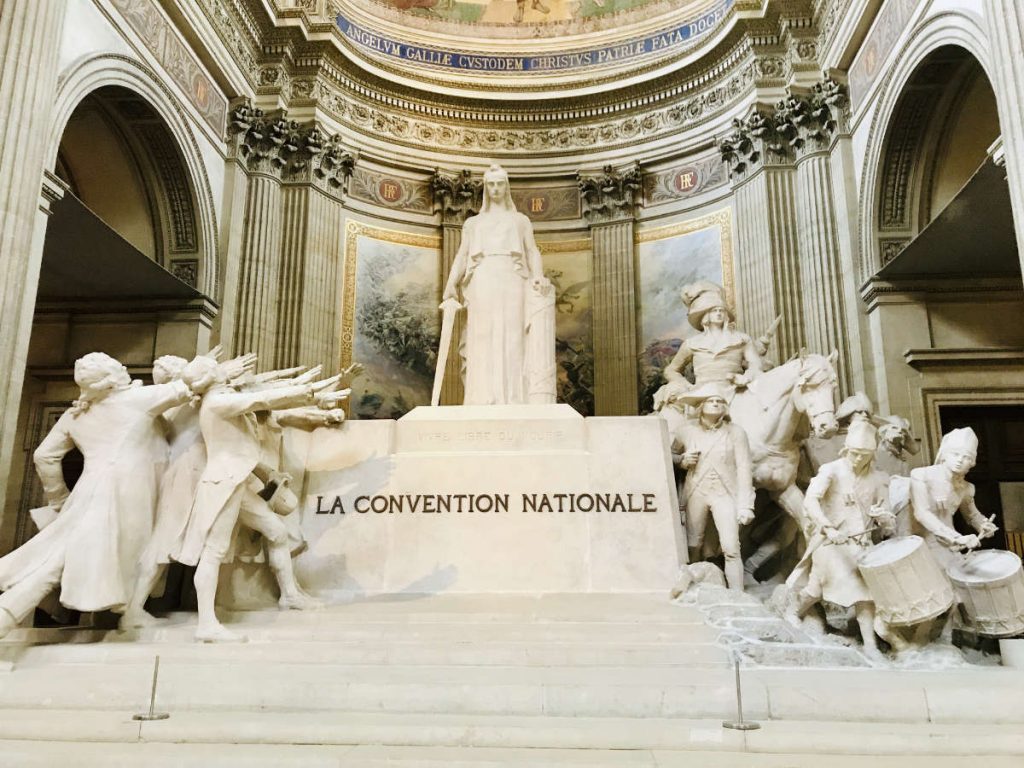
Their arms are raised towards the Constitution, and soldiers symbolize the army of the French Republic. The inscription reads Vivre libre ou mourir, meaning “Live free or die”.
3. A Diderot et aux Encyclopédistes
The inscription reads “L’encyclopédie prépare l’idée de la Révolution“, meaning “The encyclopedia prepares the idea of the Revoltution.”
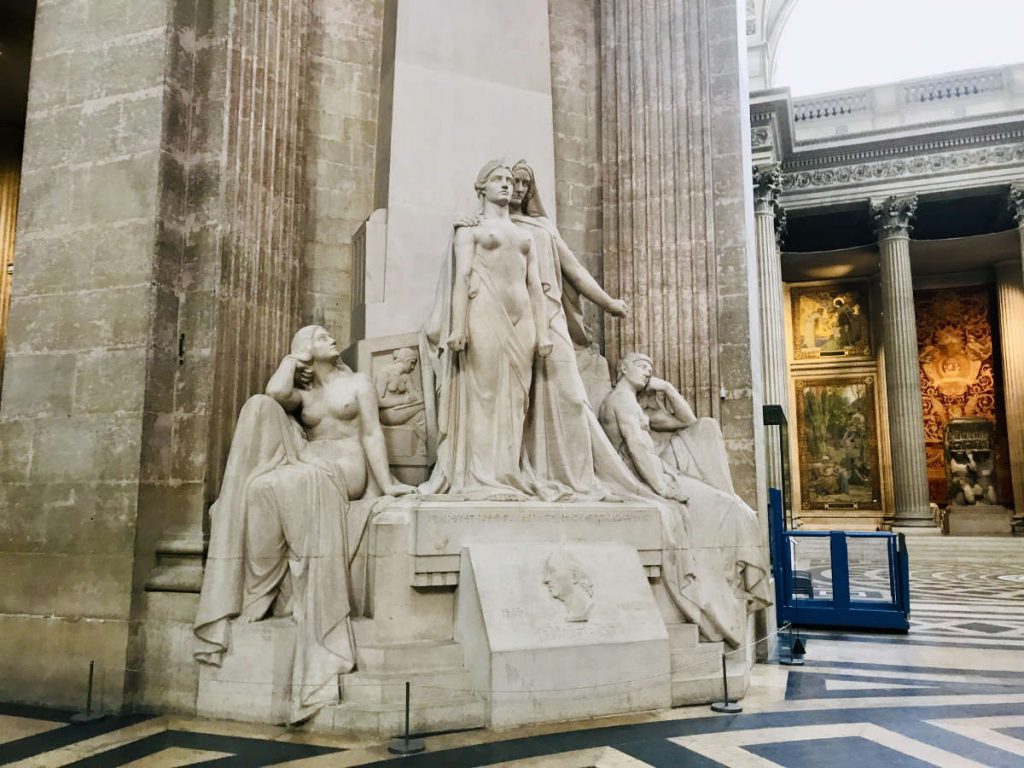
In 1751, a man named Denis Diderot co-created the Encyclopédie with Jean le Rond d’Alembert. It was the first encyclopedia of its kind, to discuss all sorts of topics in a secular tone, including articles skeptical about Biblical miracles.
It was banned by the Catholic Church, but would still go on to greatly influence the 1789 French revolution, and bring down the French Royals.
4. A la gloire des généraux de la Révolution française
Ensuite, there is a monument dedicated to the Revolution itself.
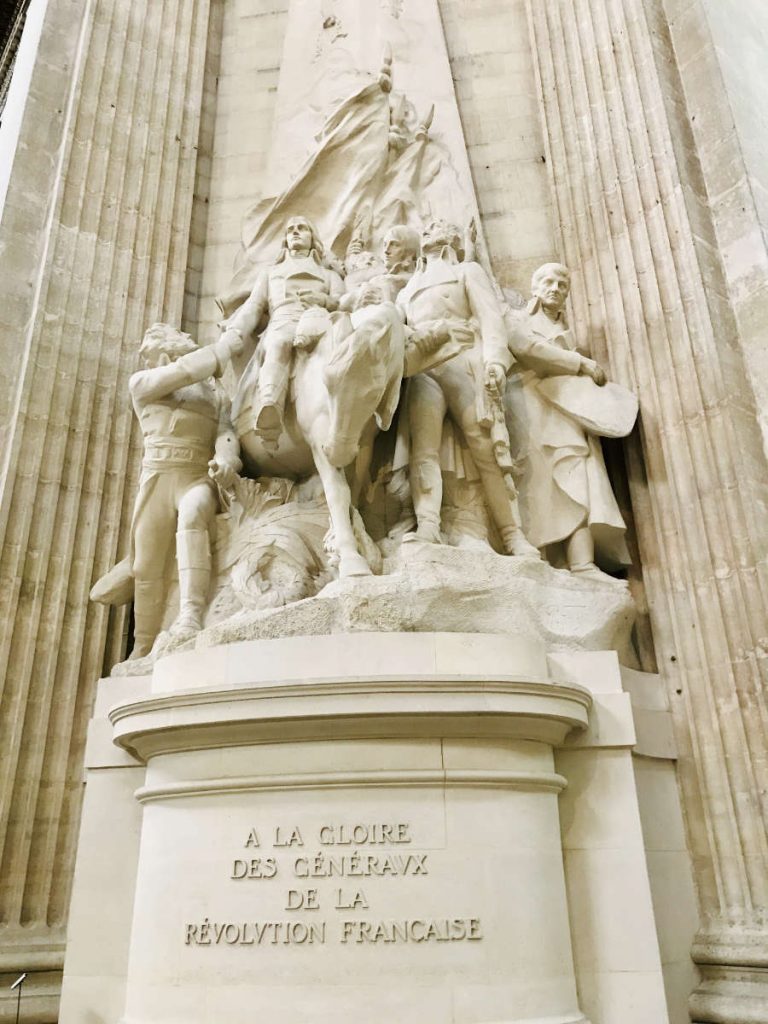
The “generals” of the French Revolution are celebrated here, looking forward to a new world.
5. La Philosophie entre la Nature et la Vérité
One of the great philosophers‘, Jean-Jacques Rousseau, who died before the revolution is also celebrated here.
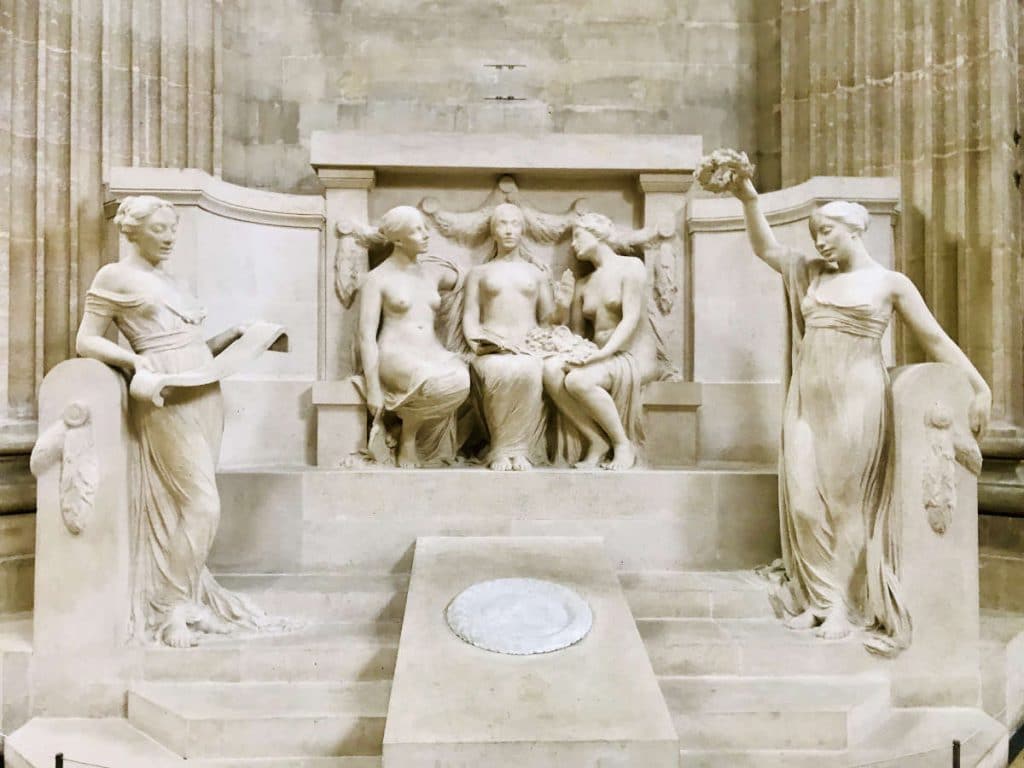
The three women in the center are meant to be Philosophy in the center, between Nature and the Truth.
6. Aux orateurs et publicistes de la Restauration
Interestingly, there is also a monument to the restoration of the French Monarchy.
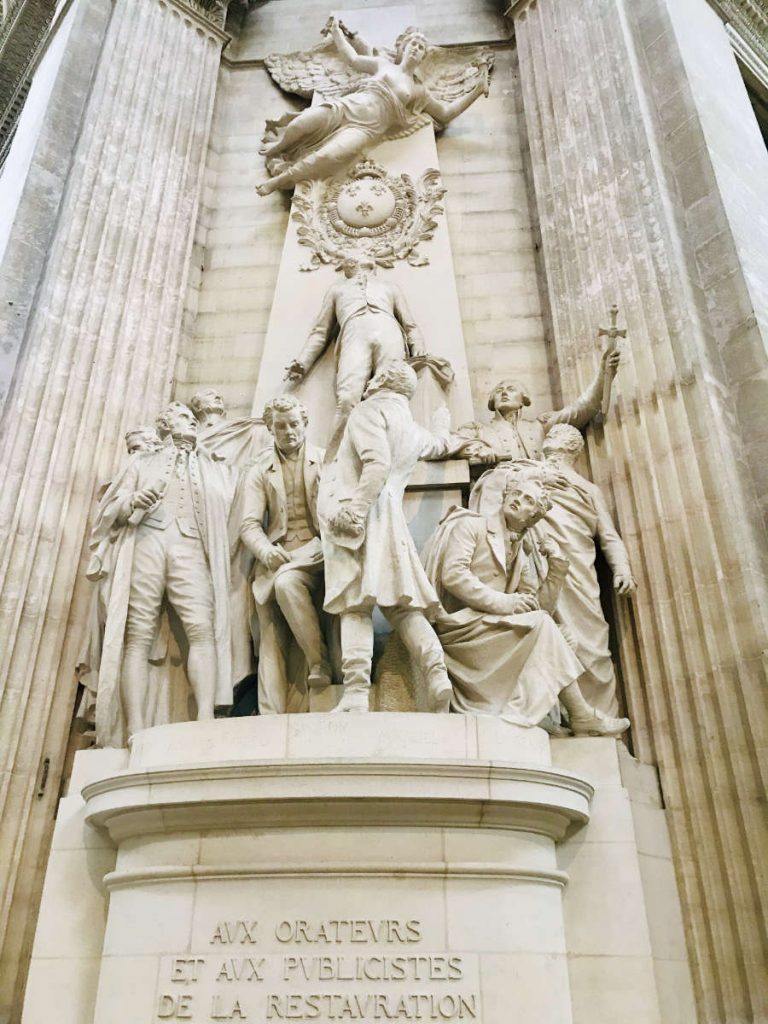
You can see the symbol of the three fleur de lys up high at the top. Among the most famous figures represented here is Vicomte François-René de Chateaubriand, who was a passionate royalist and influential figure in the French government.
7. The top of the dome
You can climb to the top of the pantheon, for an amazing view of all of Paris. The climb is around 206 steps and should take around 20 minutes depending on your level of fitness. There is no elevator, and there is an additional cost of around €6, which you can pay if you decide to go up.
Note, the visit is accompanied for security reasons, so you have to wait for until the assigned time for the group visit to the top.
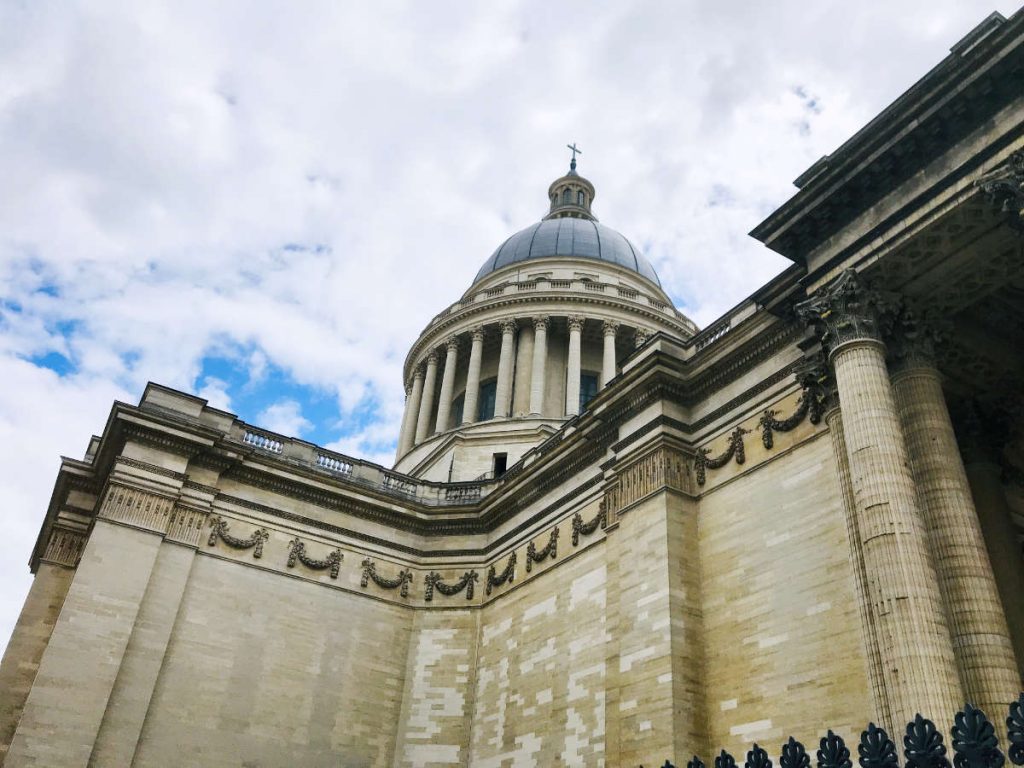
Is the Panthéon free?
No, tickets cost around €9, although children under 18 years old are free. EU citizens under 25 years old are also free. You can purchase skip-the-line tickets here.
Is it worth visiting?
Yes, if you are interested in French culture, the Pantheon in Paris is well worth it to see how France honors its greatest minds of the past few centuries.
How long does the visit take?
The visit takes around 2-3 hours, perhaps a little longer if you choose to climb to the top of dome.

So will you be making a stop at the Pantheon. If you enjoyed this article, you may want to read more about visiting Paris. A bientôt!
